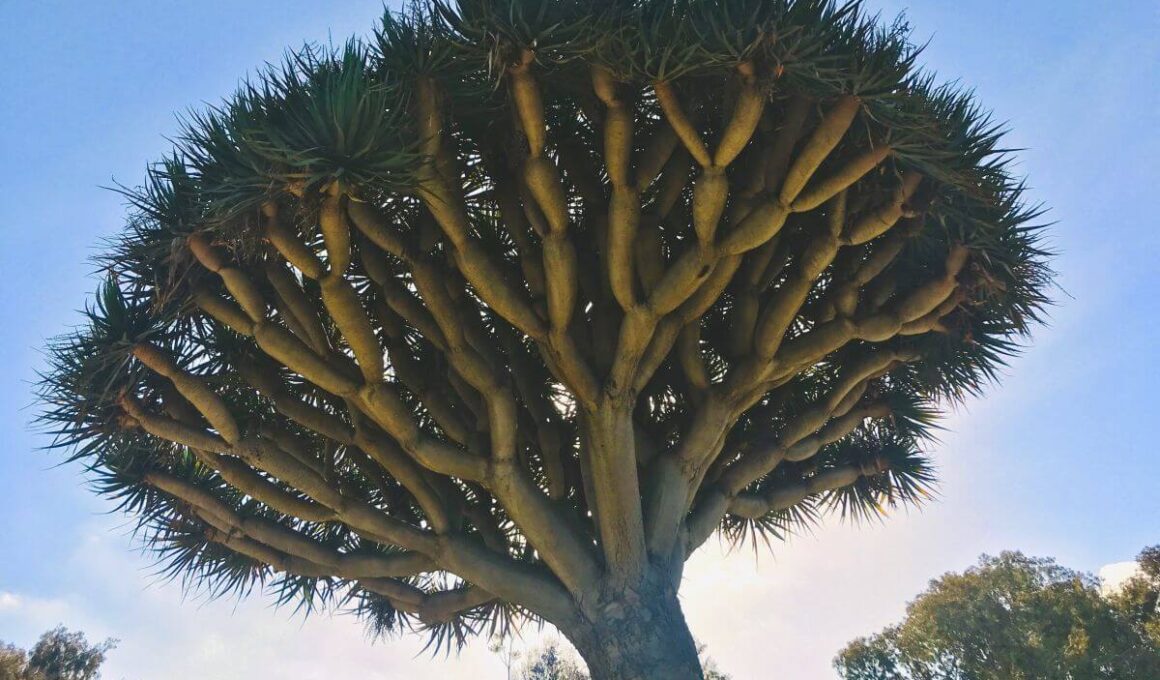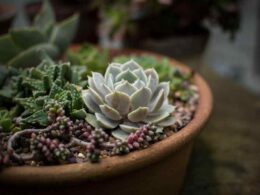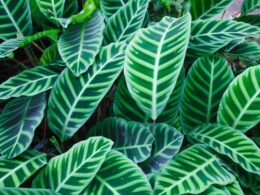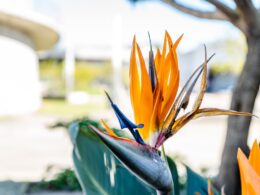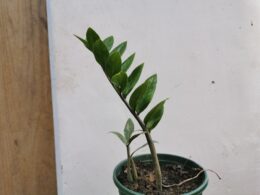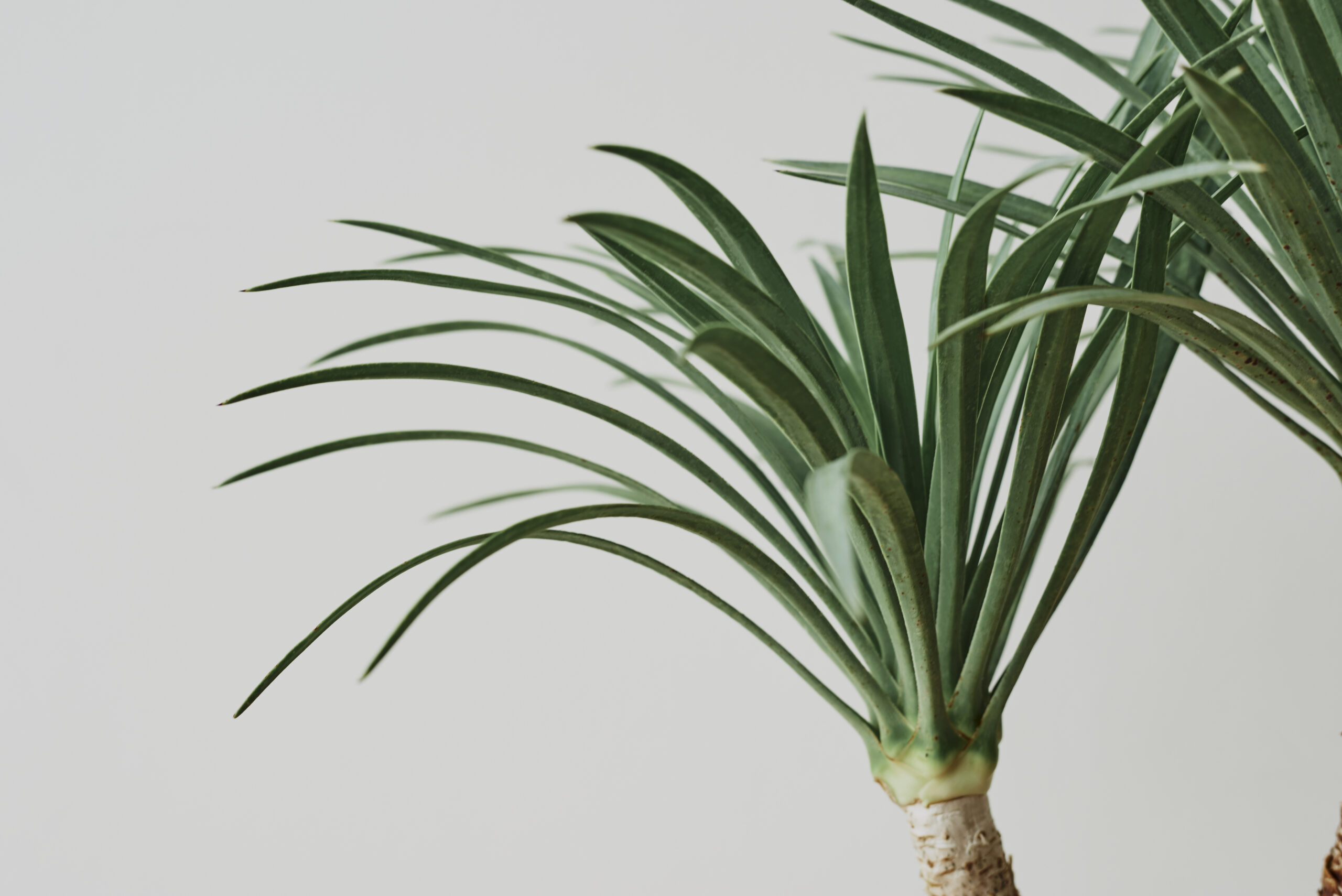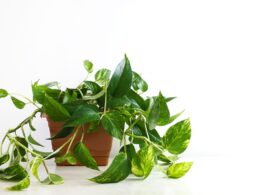What Is a Madagascar Dragon Tree Plant? Species, Origin and Characteristics
The dragon tree is a member of the Dracaena genus, which includes about 120 different species. The most popular dragon tree variety is Dracaena marginata (also known as Dracaena reflexa var. angustifolia), which is native to Madagascar. These trees can grow up to 13 feet tall in their natural habitat, but they are typically much smaller when grown indoors. Before we jump into dragon tree plant care, what does it look like?
Madagascar dragon trees have long, narrow leaves that are green with red or purple margins. The leaf color depends on the variety – some dragon tree varieties also have variegated leaves.
The dragon tree might have gotten its name from its reddish-brown bark, which is said to resemble a dragon’s skin. Other common names for the species are “song of India” and “song of Jamaica.”
Dragon Tree Plant Care – Soil Type and Fertilization
The dragon tree is a tolerant plant that can grow in a wide range of soil types. However, it does best in loamy, well-draining soil. If your dragon tree is growing in potting mix, you can add some perlite or sand to improve drainage.
Fertilizer is optional in dragon tree plant care, but it’s a good idea to do it at the beginning of spring and summer. You can use a balanced, controlled-release fertilizer that is formulated for indoor plants.
Dragon Tree Plant Care – Watering Needs
Dragon trees are relatively drought-tolerant, so you don’t need to water them very often. Allow the top half of soil to dry out before watering, and use filtered water to prevent discoloration. Tap water often contains fluoride and chlorine, both of which can cause the leaves to brown or yellow.
In general, you shouldn’t water your Madagascar dragon tree plant more often than every 3 weeks. Overwatering them can lead to leaf drop and root rot. If you’re not sure whether your dragon tree needs water, check the soil with your finger.
How Much Light a Dragon Tree Plant Needs
Madagascar dragon trees can grow in a wide range of light conditions. However, they grow best in bright, indirect light. If you can’t provide it, you can keep your dragon trees in low light. Just be aware that they’ll grow more slowly in lower light conditions, and you’ll need to be extra careful not to overwater them.
Ideal Temperatures and Humidity for Dragon Tree Plants
Madagascar dragon trees are pretty tolerant of different temperature conditions. They can be kept in a cool room (around 60 degrees Fahrenheit) or a warm room (up to 85 degrees Fahrenheit). The ideal temperature range is 70-80 degrees. Keep the plants away from drafts and AC vents.
The dragon tree doesn’t have specific humidity requirements, but it will do best in moderate humidity. If the air in your home is dry, you may want to mist the leaves every few days.
Pruning Madagascar Dragon Tree Plants
Pruning is an optional part of dragon tree plant care, but it can help to keep them looking their best. You can trim off any yellow or brown leaves, as well as any dead or dying foliage. You can also cut back leggy stems to encourage new growth.
If you do decide to prune your dragon tree, use sharp, sterile pruning shears. Make sure to disinfect them before and after use to prevent the spread of disease.
Propagating Madagascar Dragon Tree Plants
You can propagate dragon trees from stem cuttings – it’s best to do it when the plant is growing vigorously, which is in the spring. Here are three easy steps to growing a new dragon tree plant for free!
- Take a cutting that is about 8 inches long.
- Remove the leaves and dip the end in rooting hormone.
- Plant the cutting in moist potting mix, and keep it warm (around 70-80 degrees) and humid.
The cutting should start to grow roots within a few weeks. Once it does, you can transplant it into its own pot.
Repotting Madagascar Dragon Tree Plants
Dragon trees don’t need to be repotted very often. You can do it every two or three years, or whenever the plant starts to outgrow its pot. When you do repot your dragon tree, choose a pot that is only slightly larger than the current one.
Use fresh potting mix when you repot dragon trees, and water the plant well afterwards. You may want to fertilize it, but this isn’t necessary.
Common Problems With Dragon Tree Plants
One of the most common problems with dragon trees is leaf drop. This can be caused by a number of factors, including overwatering, low humidity, or temperature changes. Another problem is browning or yellowing leaves. This can be caused by too much direct sunlight, low humidity, or a nutrient deficiency. Follow our dragon plant care tips to prevent these problems!
Dragon Tree Plant Toxicity
Dragon trees are considered to be non-toxic to humans but extremely toxic to pets when ingested. Keep the houseplants out of the reach of dogs and cats. The sap can also cause skin irritation in people, so it’s best to avoid contact with it. If you do get dragon tree sap on your skin, wash it off immediately.
Caring for Your Dragon Tree Is Easy!
Now you know all about dragon tree plant care. Madagascar dragon trees are beautiful plants that can add a touch of elegance to any room. With their long, slender leaves and graceful growth habit, they make a great addition to any indoor space. And best of all, they’re easy to care for!
Just give them: rich and well-draining soil, plenty of indirect light, limited water, and moderate humidity, and they’ll thrive. With a little bit of love and attention, your dragon plant will be a beautiful addition to your home for years to come!





